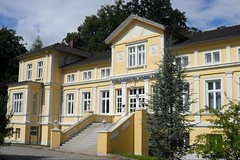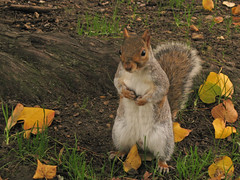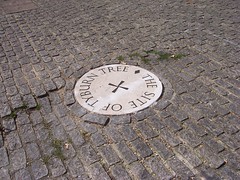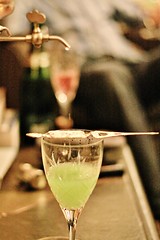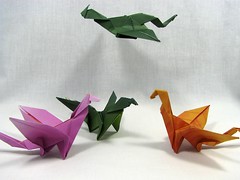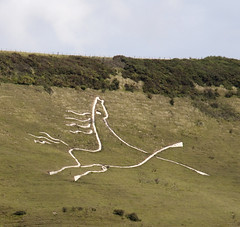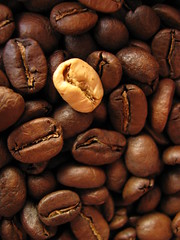
Traduzione by DANILA FORESTI, volontaria di English Gratis. Il testo originale è tratto da una pagina del sito inglese di Wikipedia ed è disponibile nel rispetto della licenza Creative Commons Attribution 2.5 ![]() photo credit: mueritz
photo credit: mueritz

Manor house (2)
Maniero (o magione dei feudatari minori) – parte II
Architecture of French manor houses
Architettura dei manieri di Francia
In France, the terms château or manoir are often used synonymously to describe a French manor-house.
In Francia, i termini castello e maniero vengono sovente usati come sinonimi per descrivere le residenze estive Francesi.
Maison-forte is another French word to describe a strongly fortified manor-house, which might include two sets of enclosing walls, drawbridges, and a ground-floor hall or salle basse that was used to receive peasants and commoners.
Casaforte è un altro vocabolo Francese per definire un maniero solidamente fortificato, il quale poteva possedere due serie di cortine murarie, ponti levatoi ed un salone al piano terra (sala bassa) che veniva utilizzato per ricevere contadini e popolani.
The salle basse was also the location of the manor court, with the steward or seigneur’s seating location often marked by the presence of a crédence de justice or wall-cupboard (shelves built into the stone walls to hold documents and books associated with administration of the demesne or droit de justice).
La sala bassa rappresentava, inoltre, la collocazione della corte di giustizia del maniero, con la postazione a sedere dell’amministratore o del Castellano che veniva spesso contrassegnata dalla presenza di una “credenza di giustizia” o armadio a muro (scaffalature installate nelle pareti di pietra per contenere documenti e libri riguardanti l’amministrazione del demanio o diritto di giustizia).
The salle haute or upper-hall, reserved for the seigneur and where he received his high-ranking guests, was often accessible by an external spiral staircase.
La sala alta o salone superiore, riservata al Signore e luogo ove egli riceveva gli ospiti di alto rango, era spesso accessibile mediante una scala a chiocciola esterna.
It was commonly “open” up to the roof trusses, as in similar English homes.
Essa era generalmente “aperta” sino alle capriate del tetto, come in similari dimore Inglesi.

